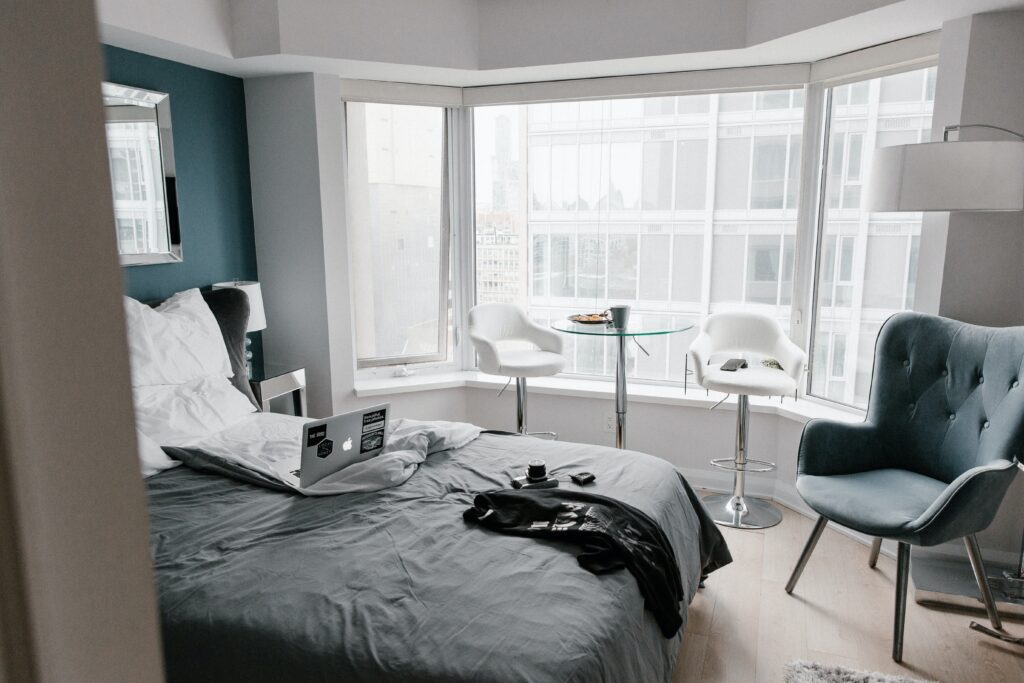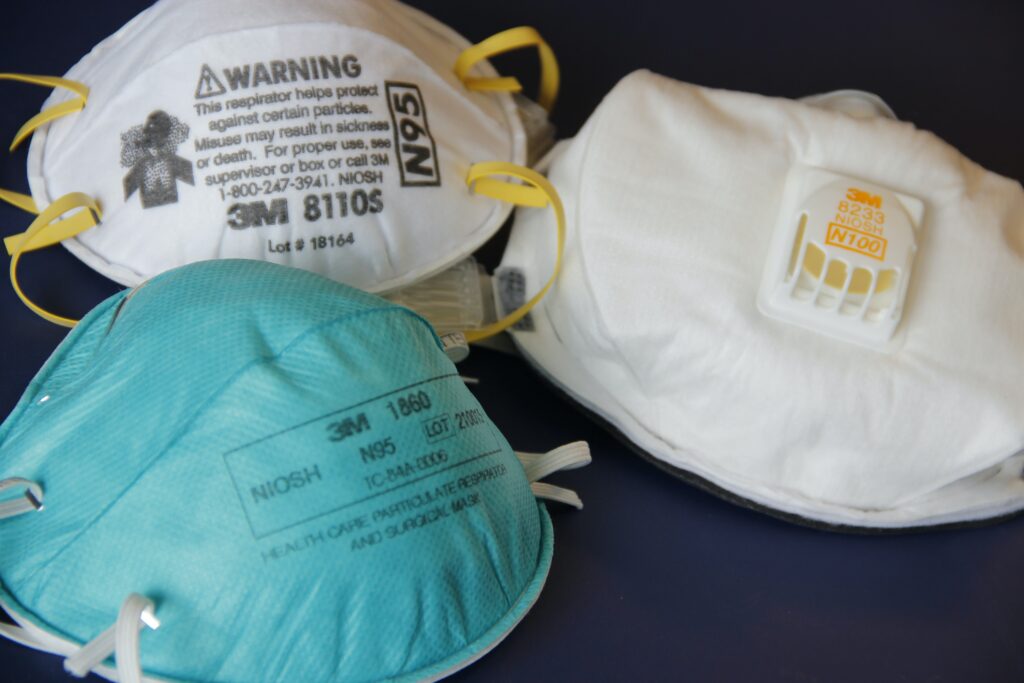
How To Set Up An Isolation Room In The Workplace

In a previous post, I wrote on the issue of infectious disease, now in case an isolation room needs to be set up in the office.
The following are the things you need to put in place to have a smooth running.
Room Selection
- It should be well ventilated and air conditioning if the present needs to be disabled.
- The room should be close to a toilet that can be dedicated to patients only or in extremis a bucket placed within the examination room.
- Remove clutter and unnecessary furniture.
Furniture
- Examination couch
- 2 Chairs
- Facilities for handwashing with soap and hot water, alternatively alcohol hand gel.
- Telephone (ideally, or adequate mobile signal
Equipment
- Notice for patients as to why they are isolated and how they can receive help without leaving the room.
- Face Masks and vomit bowls.
- Tissues and contaminated waste disposal bags.
- Digital thermometer (if available) and clothes peg type pulse oximeter.
- Bottled water.
Signage
It’s important to be able to keep track of which rooms are being used by patients and which are required to be cleaned. We have chosen to produce laminated signs which can be simply turned around to indicate a change in the status of the room.
Cleaning after use
- Once used the isolation room or area should remain shut, the area cordoned off with Windows open, and air-conditioning turned off until it has been cleaned with detergent and disinfectant.
- If a suspected case spent time in a communal area, for example, waiting area toilet facilities, then these areas should be cleaned with detergent and disinfectant as soon as practicably possible unless there has been blood or body with spill which should be dealt with immediately.
- Pay particular attention to commonly touched areas such as door handles and touch screens.
- Once the cleaning has been completed the area can be put back into use.
The usual PPE equipment and protocols apply when cleaning and disinfecting Gloves, aprons, and splash resistant masks.

Specialist equipment such as an FFP3 mask is not required in primary care.
- Disposable gloves and aprons should be available in the practice as part of routine cleaning, disinfection, and decontamination staff should use the usual cleaning routine and guidance.
- Remove and discard PPE as clinical waste.
- Practice staff who have been in contact with possible cases are not required to stay at home.
If at the end of the day you still need guidance on it. You can contact us at MedburyNG, and we will be glad to take it off your shoulder.
Health is wealth
Medbury cares
